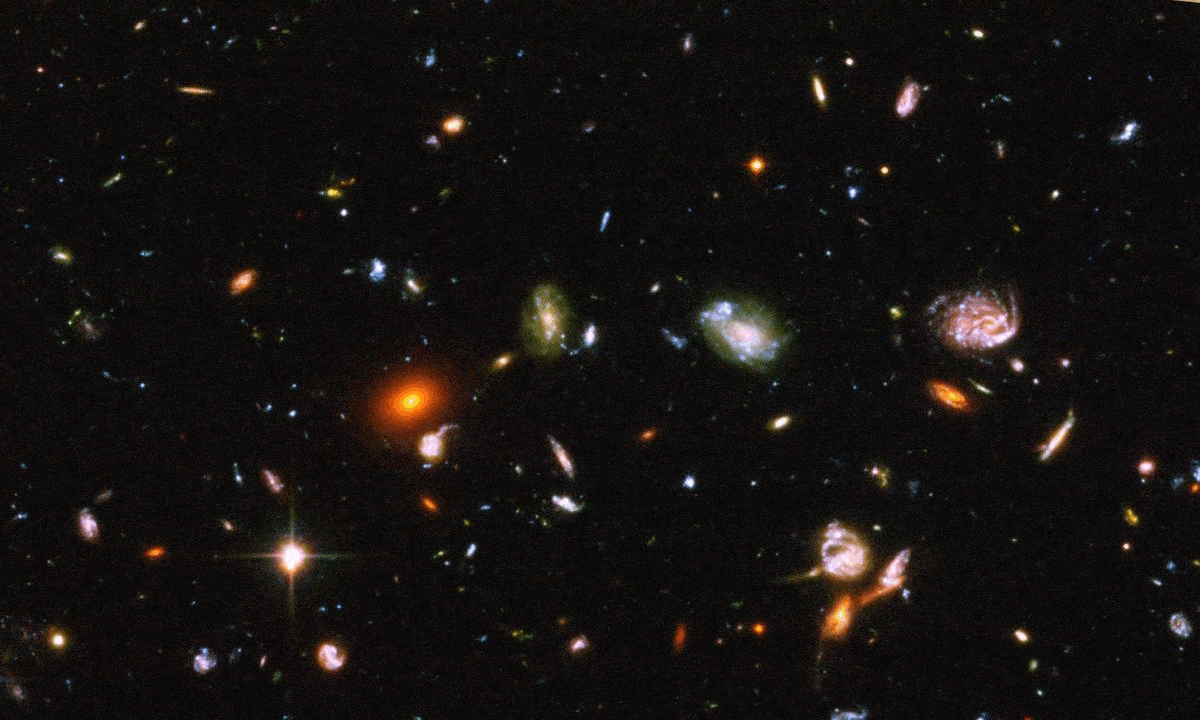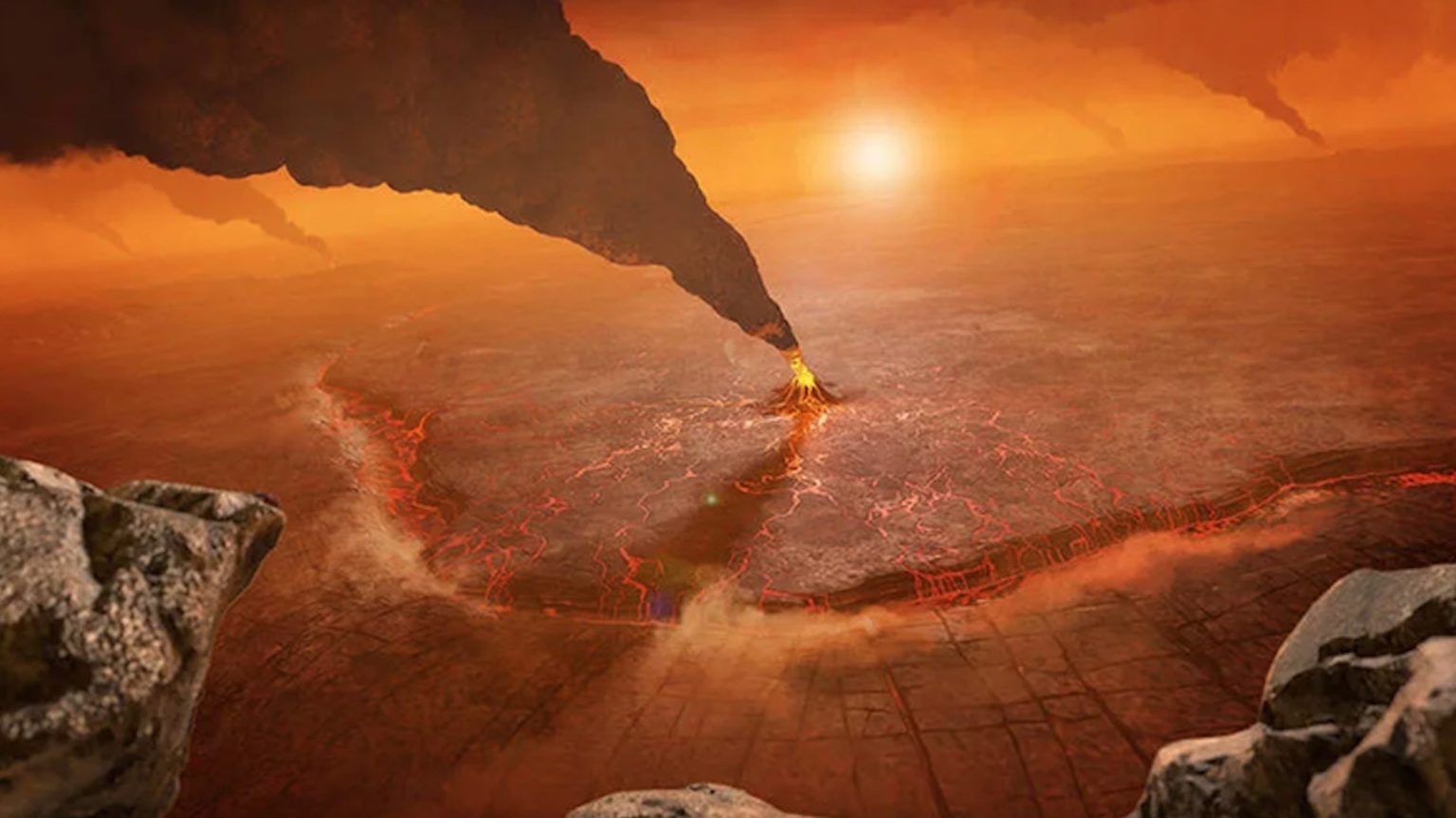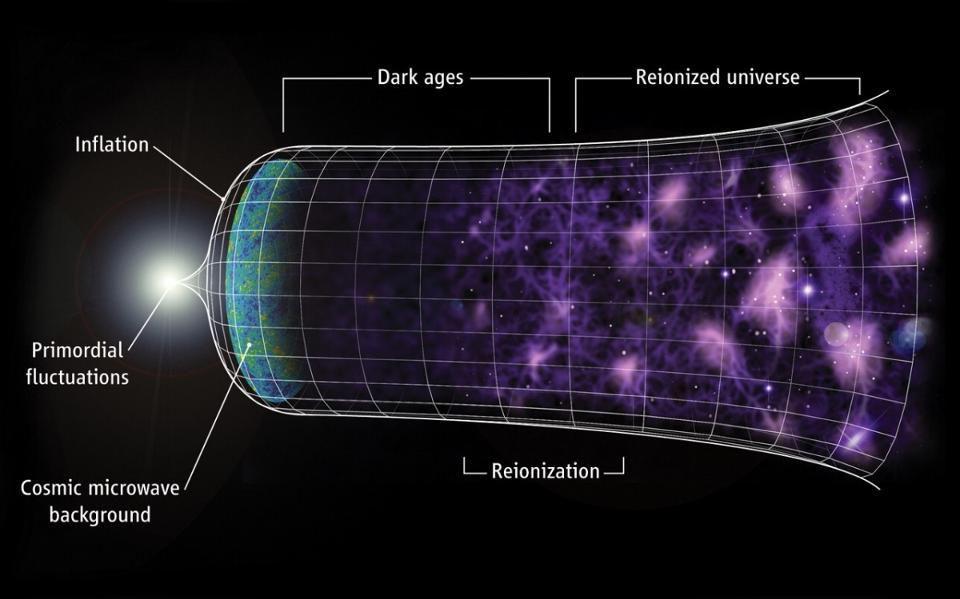The closest conjunction of the year
On March 4th at 19:30:15 Universal Time, Venus and Uranus will pass within 0.1° of each other. Here’s how to see it.
“Since you cannot do good to all, you are to pay special attention to those who, by the accidents of time, or place, or circumstances, are brought into closer connection with you.” –St. Augustine
The stars in the sky are the fixed points of light that delight us all, predictably, night after night and year after year. Other than slight changes in brightness — the periodic variability inherent to most of them — the only changes we typically see on human timescales is which ones are visible to us at certain times of night or times of year, a consequence of the Earth’s orbit around our Sun.
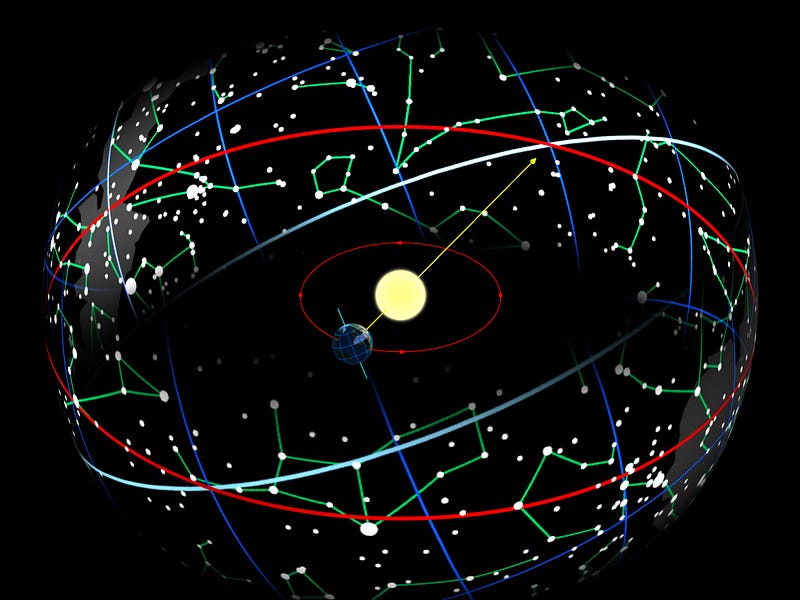
But there are a few objects up in the night sky that do change their position relative to everything else, and they do so on a continuous and predictable basis: the planets. Those of you who’ve been looking west shortly after sunset, recently, may have noticed a couple of bright — and non-twinkling — points of light in the sky: these are the planets Venus (the brighter one) and Mars (the fainter one). Even over the span of just a few days, it’s notable how significantly their relative positions have changed.
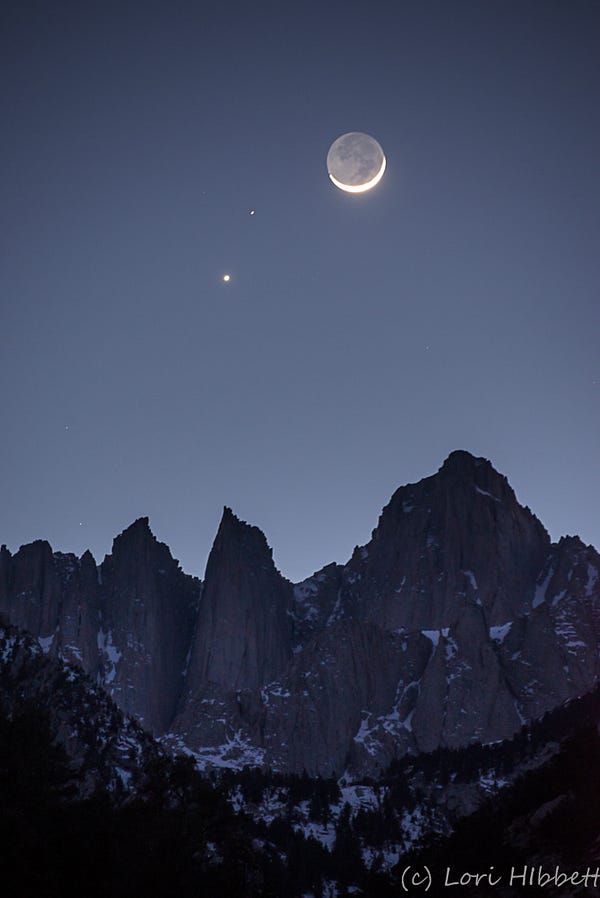

We can predict to extreme accuracy exactly where these points of light will appear, something we’ve been able to do ever since the time of Kepler and his formulation of the planetary laws of motion. With the advent of General Relativity, these predictions became even more precise and robust, to the point where we can now predict the locations of the planets thousands of years into the future with accuracies that are better than thousandths of a degree.
Even the weird-looking phenomenon of retrograde motion is easily explained due to the relative motions of these bodies, with inner planets overtaking outer ones in their orbits. But if you think about our Solar System for a moment from an outsider’s perspective, there’s something remarkable about every one of our planets: they all travel through space in almost the same exact plane.
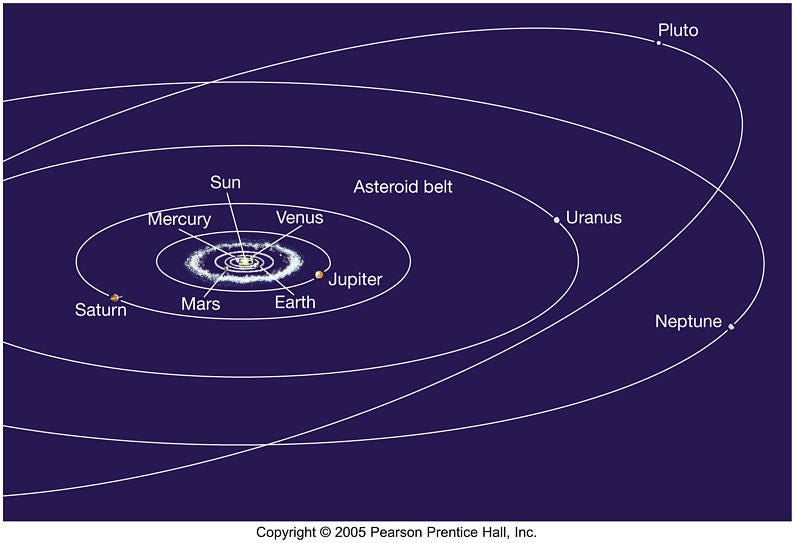
The reason for this is as straightforward as reasons come: our Solar System, like practically all solar systems out there, formed when a cloud of gas collapsed. You might think of “space clouds” as being roughly spherical in shape, but any look at a real space cloud will show you that they’re always shorter along one axis than any other.
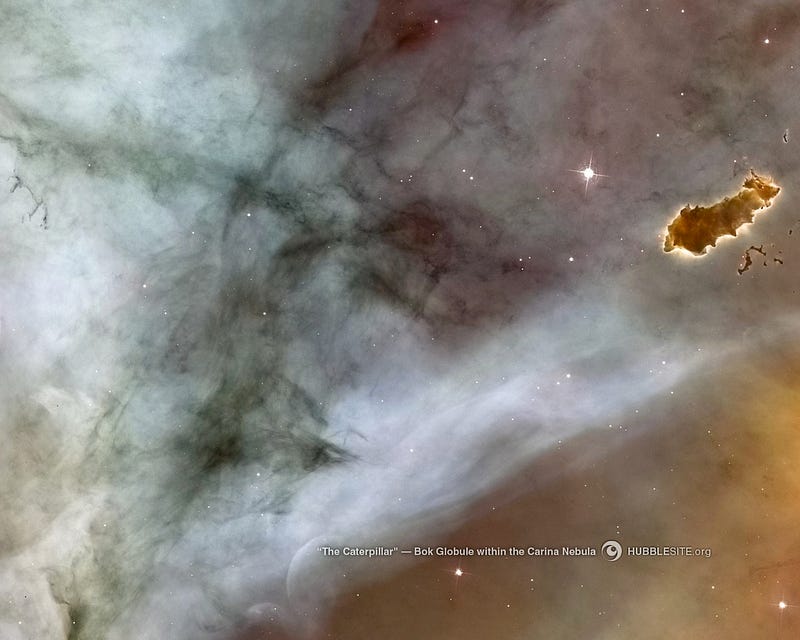
As gravitation pulls these clouds together into denser and denser configurations, pulling that mass into smaller and smaller volumes, that shortest axis collapses first. Since matter “splats” together in a sticky way, we wind up with almost all the matter of our Solar System together in a single plane, with a central mass at the center attracting most of it (our Sun), and small imperfections growing into the other planets, asteroids and comets that orbit the center.
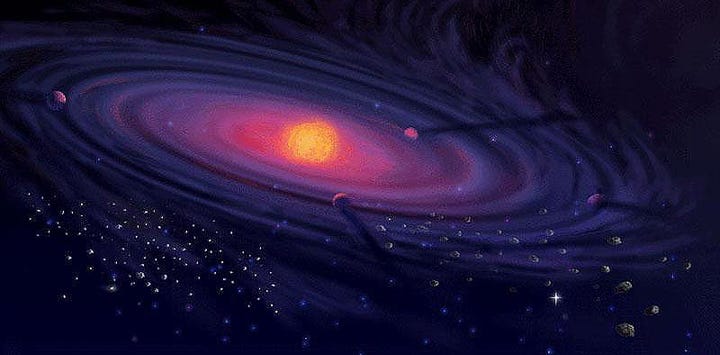
The way our Solar System shook out, we wound up with eight planets: four rocky, inner worlds, and four gas giant worlds, all of which happen to be much farther out. Every once in a while, as seen from Earth, two of these planets appear to approach each other separated only by a very small angular distance: a phenomenon known as a conjunction.
While conjunctions are common, they usually result in even minimum separations of a half-a-degree or more, something easily split with the naked eye.
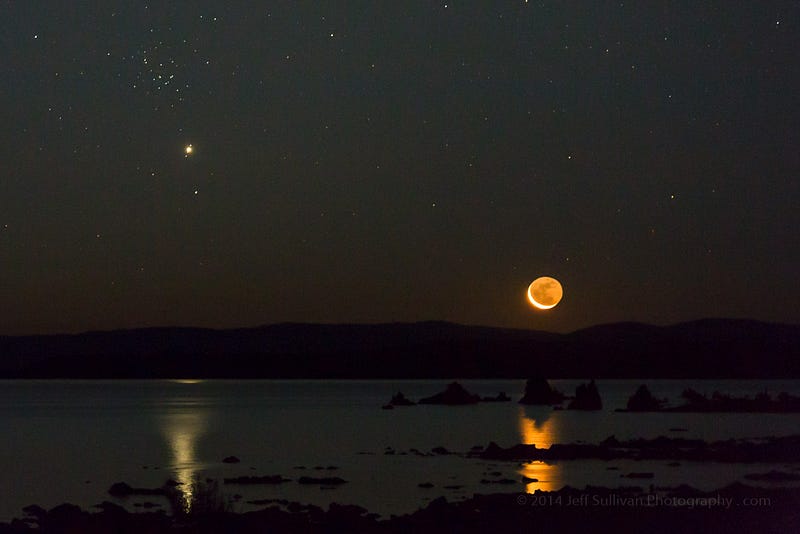
These are not rare phenomena, but they’re nonetheless beautiful. When it’s two naked-eye planets, you should always take a look if you have clear skies, but when the separation is incredibly small, or requires either a telescope or binoculars, you should make every effort to see it. Including at 19:30:15 Universal Time (GMT) tomorrow, March 4th.
You should look — particularly if you’re in Europe or north Africa — right to the western horizon after sunset, where the brightest object that isn’t the Moon in the night sky, the planet Venus, awaits you.
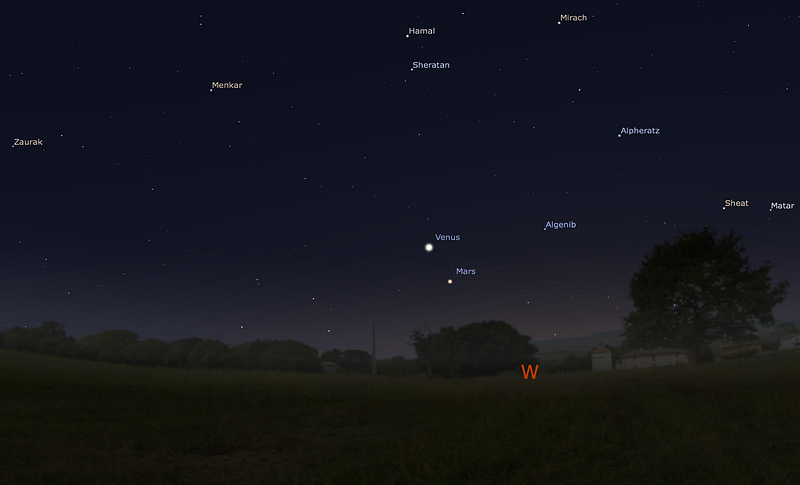
Venus and Mars are still fresh from their half-a-degree conjunction of just 11 days ago, and are quite close in the night sky, separated by just 5°. But close to Venus — in fact, extremely close to Venus — is another object that you’ll probably need a telescope or binoculars to see. But if you do break one out and catch Venus, you’ll not only get to see Venus’ phase, but a blue-colored dot of light that might appear to be a moon of Venus, just a tenth-of-a-degree away.

But Venus doesn’t have any moons; that’s the much more distant planet Uranus you’ll see! At such a small separation, this is perfect for viewing through a telescope, although with differences in brightness such as these, you might have to look out for the glare of Venus. Uranus would be just barely visible to the naked eye were it not for the Moon in the sky and Venus so close, but Venus appears to be 10,000 times brighter than Uranus to our eyes at the moment, making Uranus difficult to spot so long as Venus is in frame.
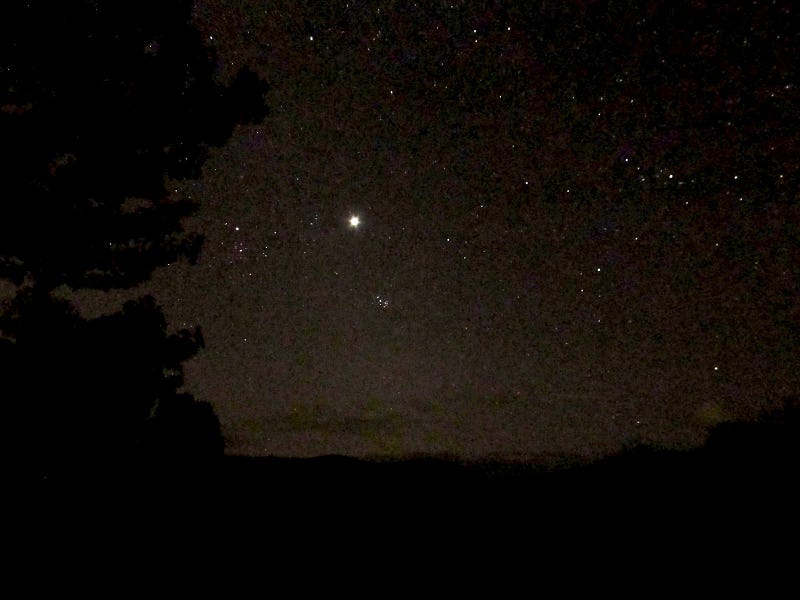
Still, although close conjunctions like this are relatively common, happening a couple of times a year on average, they’re still spectacular to see and to hunt, and if you’ve never taken the opportunity to go looking for one, clear skies after sunset, tonight, will give you the opportunity, particularly for those of you who can see Venus in the skies at 19:30 Universal Time. If you’ve got the skies and the equipment, go and have a look; the Universe will never again appear exactly as it does at that moment again, so don’t miss your chance to experience it!
Leave your comments at the Starts With A Bang forum on Scienceblogs.
